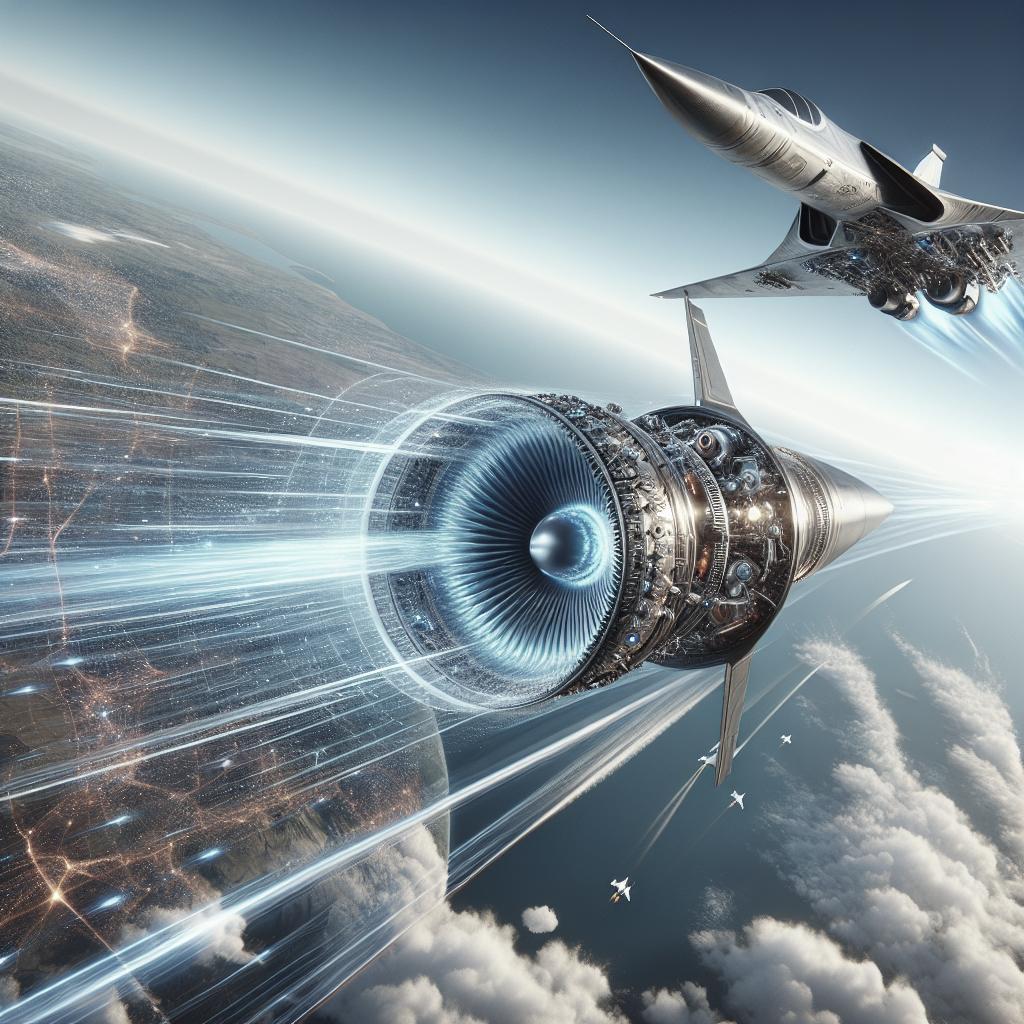How Do Aircraft Engines Generate Thrust?
The marvels of modern aviation rely heavily on the technology underlying aircraft engines. This article explores the mechanics behind how these engines generate thrust, enabling flight. We start by examining the major types of engines propelling today’s aircraft, then delve into the specifics of how these different engines produce the necessary thrust. By understanding these concepts, we gain insight into the incredible journey from the runway to the skies, propelled by the ingenuity of human engineering. This knowledge not only allows us to appreciate the complexity behind aircraft machinery but also opens our eyes to future prospects in aviation technology.
Three Kinds of Engines Power Most Flying Machines
Aircraft engines are categorized based on their design and capabilities, which determines their suitability for different types of aircraft. The most commonly used engines in aviation include turbojets, turbofans, and turboprops. Each of these engines has distinct features that make them ideal for specific kinds of flight and conditions, contributing to the versatility seen in modern air travel.
Turbojet engines are among the earliest jet engine designs. They operate by compressing air, mixing it with fuel, and igniting it to produce thrust. Although efficient at high speeds and altitudes, they are less fuel-efficient at lower speeds, limiting their use primarily to military aircraft today.
Turbofan and turboprop engines, on the other hand, power the vast majority of commercial and passenger aircraft. Turbofans combine the features of turbojets with additional components that provide better fuel efficiency and quieter operation, making them ideal for long-haul travel. Meanwhile, turboprops, which are equipped with propellers connected to turbine engines, are typically used in smaller aircraft that fly shorter distances, as they offer excellent performance in low-speed flight.
Three Types of Engines
Turbojet engines, as mentioned, are the simplest form of jet engines and work by inducing high-speed air through a narrow passage. The compressed air is then mixed with fuel and ignited, causing the expanding gases to exert pressure in the opposite direction, propelling the aircraft forward. They are known for their power and speed but are generally less fuel-efficient compared to other types.
Turbofan engines have gained popularity due to their versatility. In a turbofan engine, a large fan situated at the front pulls in much more air than a turbojet. A portion of this air goes into the engine core, while the rest bypasses the core, providing additional thrust with reduced noise and fuel consumption. This design enhances efficiency and is why they are favored in commercial aviation.
Turboprop engines, unlike their jet counterparts, use a turbine-driven propeller to generate thrust. This design offers better efficiency at lower speeds and is optimal for short to medium-haul flights. The propeller system provides a unique advantage by creating more lift and drag, improving performance during takeoffs and landings at regional airports.
How Do Engines Produce Thrust?
The generation of thrust in aircraft engines is rooted in Newton’s third law of motion: for every action, there is an equal and opposite reaction. In the context of an engine, when air and fuel are burned inside the combustion chamber, they expand rapidly, creating high pressure. This expelled gas pushes backwards, resulting in a thrust force that moves the aircraft forward.
Each engine type produces thrust through slightly different mechanisms. In a turbojet, the thrust comes purely from the expulsion of combustion gases. In comparison, turbofans produce thrust using both the bypassed air, which provides additional thrust without going through the full combustion process, and the combustion gases themselves. Turboprop engines, meanwhile, rely heavily on their propellers for thrust, with the engine’s exhaust gases playing a lesser role.
The understanding of how engines generate thrust highlights the advancements in aviation propulsion technology. Modern engines are designed for efficiency and performance, utilizing advanced materials and engineering techniques to optimize fuel usage while minimizing noise and emissions, paving the way for quieter and more environmentally friendly flight.
Future Prospects
| Engine Type | Description | Key Features | Typical Use |
|---|---|---|---|
| Turbojet | Early design jet engine using compressed air and fuel ignition. | High power and speed, less fuel-efficient. | Primarily military applications. |
| Turbofan | Combines turbojet core with additional fan for bypass air. | High efficiency, quieter operation. | Commercial and passenger flights. |
| Turboprop | Turbine engine driving a propeller. | Efficient at low speeds, excellent for takeoffs and landings. | Short to medium-haul regional flights. |
The future of aircraft engine technology is poised for further innovation. With ongoing research into alternative fuels and electric aircraft engines, there is potential for even more efficient and sustainable air travel. Engineers and scientists continue to push the boundaries, ensuring that the skies remain accessible while reducing the environmental footprint of flying machines. As the industry evolves, understanding the principles of thrust generation remains crucial, offering insights into both the challenges and opportunities that lie ahead in the world of aviation.


